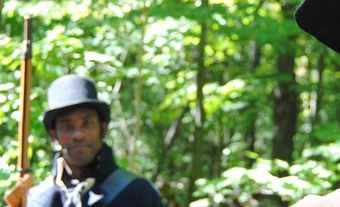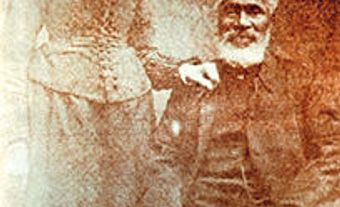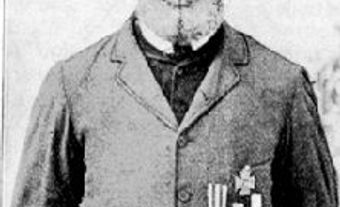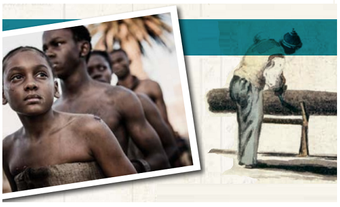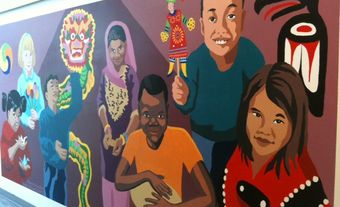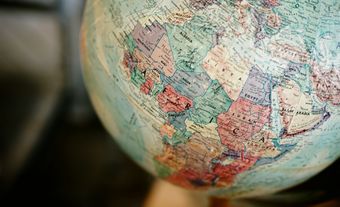Black people have lived in Canada since the 17th century. Some of the earliest arrivals were enslaved persons brought from what we now call the United States of America and from the Caribbean. (See Black Canadians; Caribbean Canadians.) From the 18th century to the 1960s, most Black immigrants to Canada were fleeing enslavement and/or discrimination in the United States. Since then, changes to Canadian immigration policy have led to an influx of immigrants from the Caribbean and Africa. (See African Canadians.) In the 2016 Canadian census, 1.2 million people (3.5 per cent of the Canadian population) reported being Black.. Despite ongoing challenges, including discrimination and systemic racism, Black Canadians have excelled in sectors and industries across the country.
See also Black History in Canada until 1900 and Black History in Canada: 1900–1960.
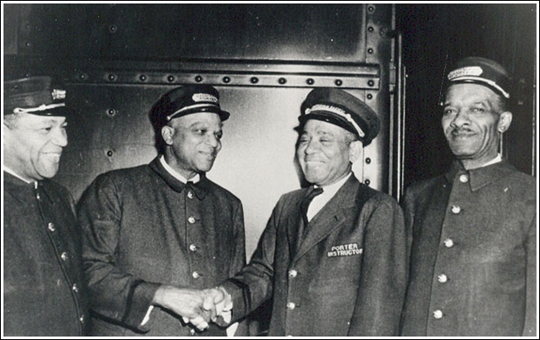
Immigration Since 1960
Before 1960, the Canadian government discouraged Black immigration. The Immigration Act of 1910 barred non-white people from migrating to Canada and deemed them undesirable. In 1911, the government proposed Order-in-Council P.C. 1911-1324, which would have discouraged and limited the number of Black Americans who could come to the Prairie provinces. At the time, the government (and many Canadians) argued that Black people were not suited to the Canadian weather. (See also Chinese Immigration Act; Komagata Maru.) In the first half of the 20th century, a few small groups of Black people arrived in the country. This included Jamaicans and Barbadians (see Caribbean Canadians) migrating to Cape Breton as labourers, and African Americans, primarily men, who settled in cities such as Montreal, Toronto, Winnipeg and Vancouver to work as sleeping car porters on the Canadian railways.
However, immigration policies changed after the Second World War. In 1955, there was a demand for domestic labour. This led the government to introduce the West Indian Domestic Scheme (1955–1967). The scheme encouraged women from the Caribbean to migrate to Canada, where they would become domestic workers in the homes of white families. After working for one year, these women would be granted permanent residency and could bring other family members to Canada. The rate of Caribbean migration to Canada further increased a few years later, after the implementation of new immigration regulations in 1962. According to the new regulations, immigrants would be assessed on the basis of education, skills and training rather than race, ethnicity or nationality. This allowed large numbers of qualified Black Caribbean and African people to enter Canada.
In 1967, the Canadian government introduced a points-based system where individuals were assessed based on education, occupational skills, age, personality, employment prospects and competency in the English and French languages, among other criteria. Those who received 50 points or more out of 100 could immigrated to Canada, regardless of race, national origin or ethnicity.
In 1971, the Canadian Multiculturalism Policy was implemented by the Liberal government under Prime Minister Pierre Trudeau. The objective of the multiculturalism policy was to maintain the cultural freedom of different peoples in Canada and to celebrate the cultural contributions of various ethnic groups to Canadian society. (See also Canadian Multiculturalism Act.) Subsequently, Black immigrants, no matter their origin, were able to practice, promote and celebrate their cultural traditions in their new home country.
According to the 2016 Canadian census, most Black immigrants are originally from Jamaica and Haiti. Increasingly, though, Black immigrants come from Africa, with some of the top countries being Nigeria, Cameroon and the Democratic Republic of the Congo. More than 40 per cent of the Black population was born in Canada.
Settlement Patterns
Most Black Canadians lives in urban areas. According to the 2016 census, 94.3 per cent of Black people in Canada lived in the country’s metropolitan areas (CMAs). Toronto had the largest Black population (442,015). The Eglinton Avenue West neighbourhood in Toronto became home for many Black immigrants, especially those who arrived from the Caribbean in the 1960s, 1970s and 1980s.
Ontario is home to 52.4 per cent) of the total Black population in Canada. Although many Black people have migrated to Canada since the 1960s, close to half of Ontario’s Black population was born in Canada, demonstrating the long history of Black people in the province.
The province of Quebec has the second largest population of Black people in Canada at 26.6 per cent. Quebec’s Black population has more than doubled between 1996 and 2016, from 131,970 to 319,230 as of 2016.
Nova Scotia has the largest Black population of all of the Atlantic provinces and the fifth largest Black population in Canada. The province has a long history of Black immigration, dating back to the arrival of the Black Loyalists in 1783–1784 following the American Revolution. Many Black Canadians who live in Nova Scotia are Canadian-born and can trace their roots back to the Black Loyalists, Black Refugees from the War of 1812 or the Trelawny Maroons from Jamaica.
The provinces of Manitoba, Saskatchewan and Alberta have the fastest-growing Black population in Canada. Although many Black people in the Prairie provinces are first-generation, some Black Canadians can trace their roots back to those who came from America to Alberta and Saskatchewan and created communities such as Amber Valley. The Black population in the Prairies quadrupled from 1996 to 2016 (from 39,955 people to 174,655), with many immigrants from Africa.
The Black population in British Columbia almost doubled between 1996 and 2016. However, it is increasing at a slower pace than in other provinces. Although Black people have immigrated to British Columbia from different countries, many can trace their roots back to the Black Californians who made their way to Salt Spring Island and the city of Victoria in the 19th century.
Few Black immigrants have moved to the Territories (Yukon, Nunavut and the Northwest Territories). This may be due to factors such as the cold weather, lack of proximity to other provinces or urban cities, and a lack of educational and economic opportunities. In the Territories, first-generation Black Canadians make up the largest proportion of the Black population. These immigrants come from countries such as Jamaica, Zimbabwe, Nigeria, Ethiopia and Somalia.
Education
Black Canadians are not a homogenous group. This is true for education, as in other areas. Black immigrants are more likely to hold a bachelor’s degree or have a master’s or PhD compared with those born in Canada. Conversely, the 2016 census shows that 25 per cent of Black immigrant women had a bachelor’s degree or higher, whereas 31 per cent of Canadian-born Black women held a bachelor’s degree or higher. Often, Black immigrant men from African countries were admitted into Canada on the basis of specific qualifications, including educational attainment.
Historically, despite Black people in Canada having access to education, it was often inadequate and inferior to the schooling provided to other groups. Schools were poorly funded, and anti-Black sentiments were widespread. Effects of these disadvantages are still seen in education for Black youth. For example, according to a 2003 report by the Ontario Human Rights Commission, Black students across the Greater Toronto area experienced direct and systemic discrimination and racism in their schools. For many Black students, school is a negative experience where they encounter degradation, heightened surveillance and excessive punishment.
Economic Life
Historically, Black people in Canada have faced many challenges related to employment and wages. Census figures suggest that between 2001 and 2016, the employment rate for Black Canadians ages 25 to 59 was lower than the rest of the Canadian population. For example, in 2016, the employment rate was 78.1 per cent for Black men and 71 per cent for Black women, compared with 82.6 per cent and 75.5 per cent for their counterparts in the rest of the Canadian population. Traditionally lower rates of employment and income may be related to anti-Black discrimination. Despite many Black Canadians having a postsecondary education, the figures from the 2016 census show that the unemployment rate for Black Canadians was 9.2 per cent, compared with the rest of the population at 5.3 per cent.
.Politics
Since the 1960s, Black Canadians have served in politics at all three levels, federal, provincial and municipal. In 1963, Leonard Braithwaite was elected to the Ontario legislature, becoming the first Black Canadian member of provincial parliament (MPP). Lincoln Alexander became the first Black federal member of parliament (MP) in 1968. In 1972, Jamaican native Rosemary Brown was elected to the provincial legislature in British Columbia. In 1984, Barbados native Anne Cools was appointed to the Canadian Senate, and in 1990, Halifax native Donald Oliver was appointed to the Senate. As the first Black woman elected as an Ontario MPP, Toronto native Zanana Akande served from 1990 to 1994. A native of the Caribbean island of Grenada, Jean Augustine came to Canada via the West Indian Domestic Scheme and was the first Black female MP. Black Canadians such as Ahmed Hussen, Laura Mae Lindo, Mitzie Hunter, Tony Ince, David Shepherd, Hedy Fry, Greg Fergus, Wanda Thomas Bernard and others serve as MPs, MPPs, senators and municipal representatives across Canada. In 2020, Annamie Paul was elected head of the Green Party. She became the first Black Canadian woman to be elected leader of a federal political party.
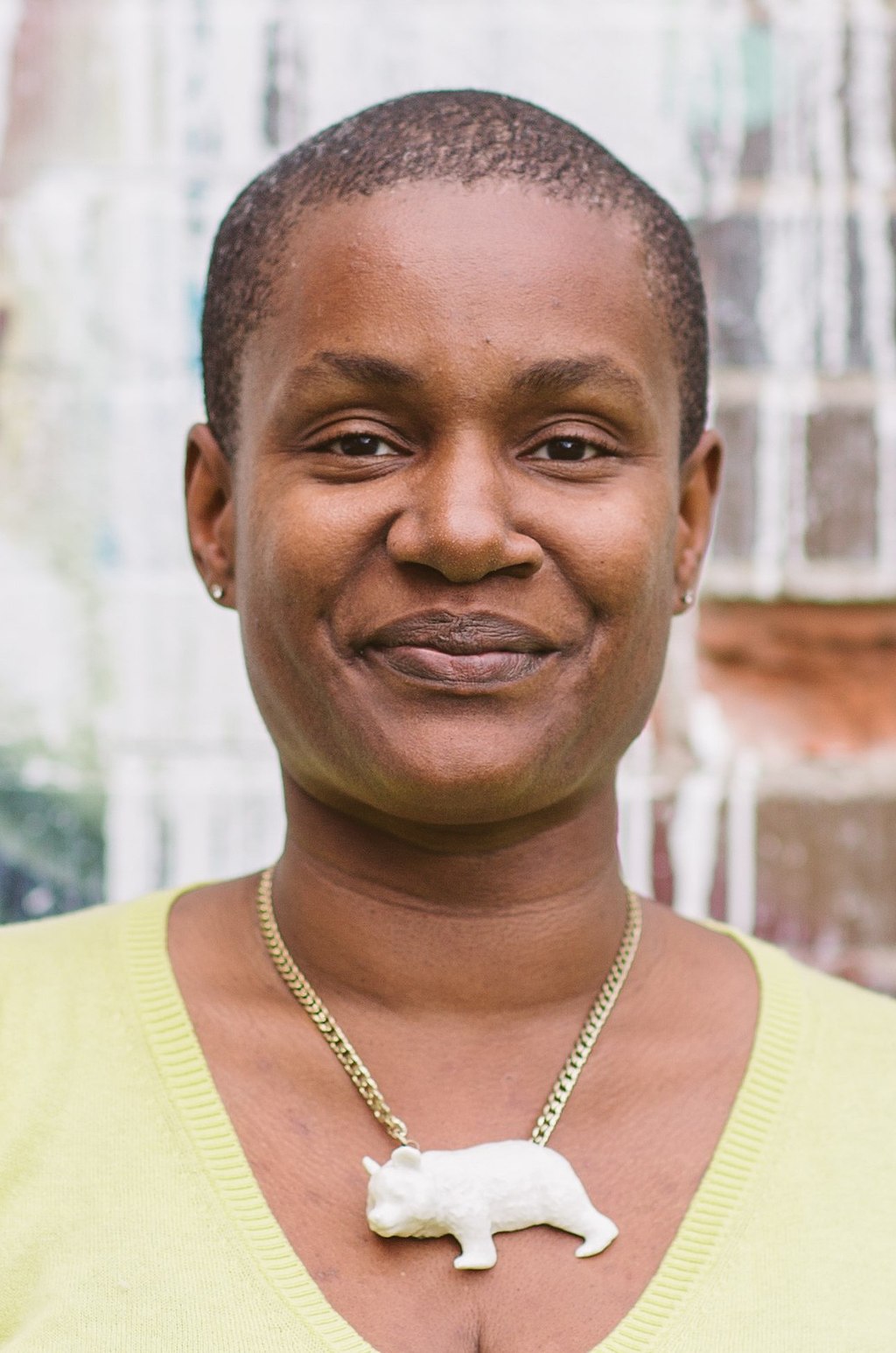
Annamie Paul in Toronto's Regent Park during the 2019 Federal Election.
Culture
Black Canadians have different traditions and cultural practices, speak different languages and practice different religions. Whether they have been in Canada for generations or are recent immigrants, Black people also develop and express a distinct Canadian identity. The rich culture and heritage of Black Canadians is showcased and celebrated in various ways. Black History Month in Canada was introduced by Jean Augustine to the House of Commons in December 1995. It was first celebrated across the country in February 1996. In Toronto, the annual Caribbean Carnival celebrates and promotes Caribbean culture, traditions, food, dance and music. The Black-owned Toronto radio station G98.7 is directed at the Black community and plays various music genres such as R&B, reggae, soca, gospel and Afrobeats. Caribbean newspapers such as the Share and Pride highlight news stories from the Caribbean as well as local news stories from across the Greater Toronto Area and the rest of Canada. Afroglobal Television presents programming that focuses and caters to Africa and its diaspora.

Challenges, Activism and Resilience
The Black Canadian experience has remained largely unknown to many Canadians. In particular, few Canadians realize that enslavement existed in Canada for over two hundred years. The legacy of Black enslavement still affects Black Canadians today. This includes anti-Black racism, racial microaggressions (subtle racism), police brutality and violence against Black people, health inequalities and the overrepresentation of Black people in Canada’s prison and child welfare systems. Black Canadians also continue to face anti-Black racism in employment and housing. (See also Prejudice and Discrimination.)
During the Canadian Civil Rights Movement (from the 1940s to 1960s), many Black Canadians fought against racism and advocated for their rights. Organizations and movements such as Black Lives Matter Canada continue to fight for the rights of Black Canadians and other marginalized groups, including Indigenous people.
Despite historical and current challenges, Black Canadians remain highly resilient, optimistic and hopeful when it comes to their future. Many have excelled in sectors and industries across the country, including (but not limited to) music, sports, education and politics. Musicians such as Drake and The Weeknd, for example, are household names. So too are Black athletes like Andre De Grasse, the Canadian sprinter who won silver and bronze medals at the 2016 Olympic Summer Games.

Canadian music artist Drake. (Aubrey Drake Graham, born October 24, 1986). A rapper, songwriter and music producer, Drake first gained recognition as an actor on the television Degrassi: The Next Generation in the early 2000s.

 Share on Facebook
Share on Facebook Share on X
Share on X Share by Email
Share by Email Share on Google Classroom
Share on Google Classroom
